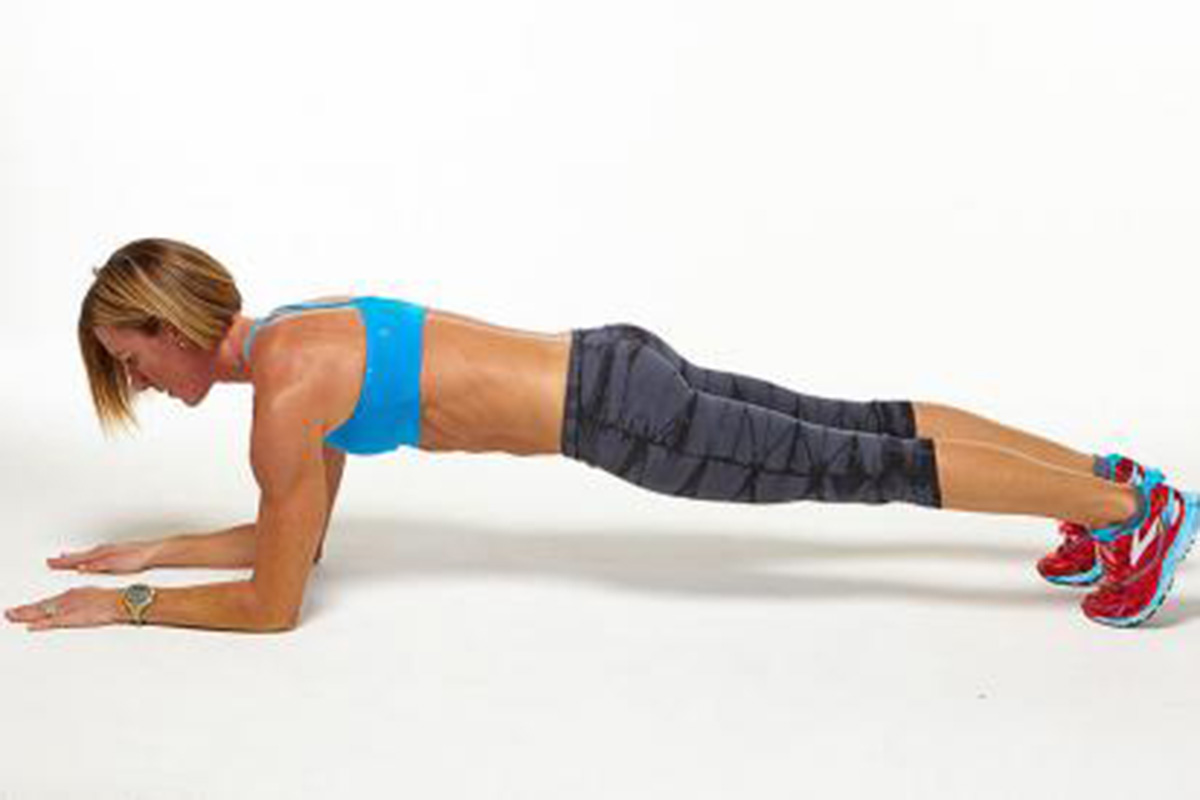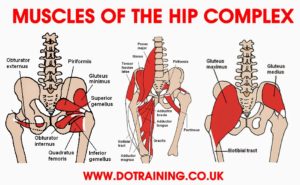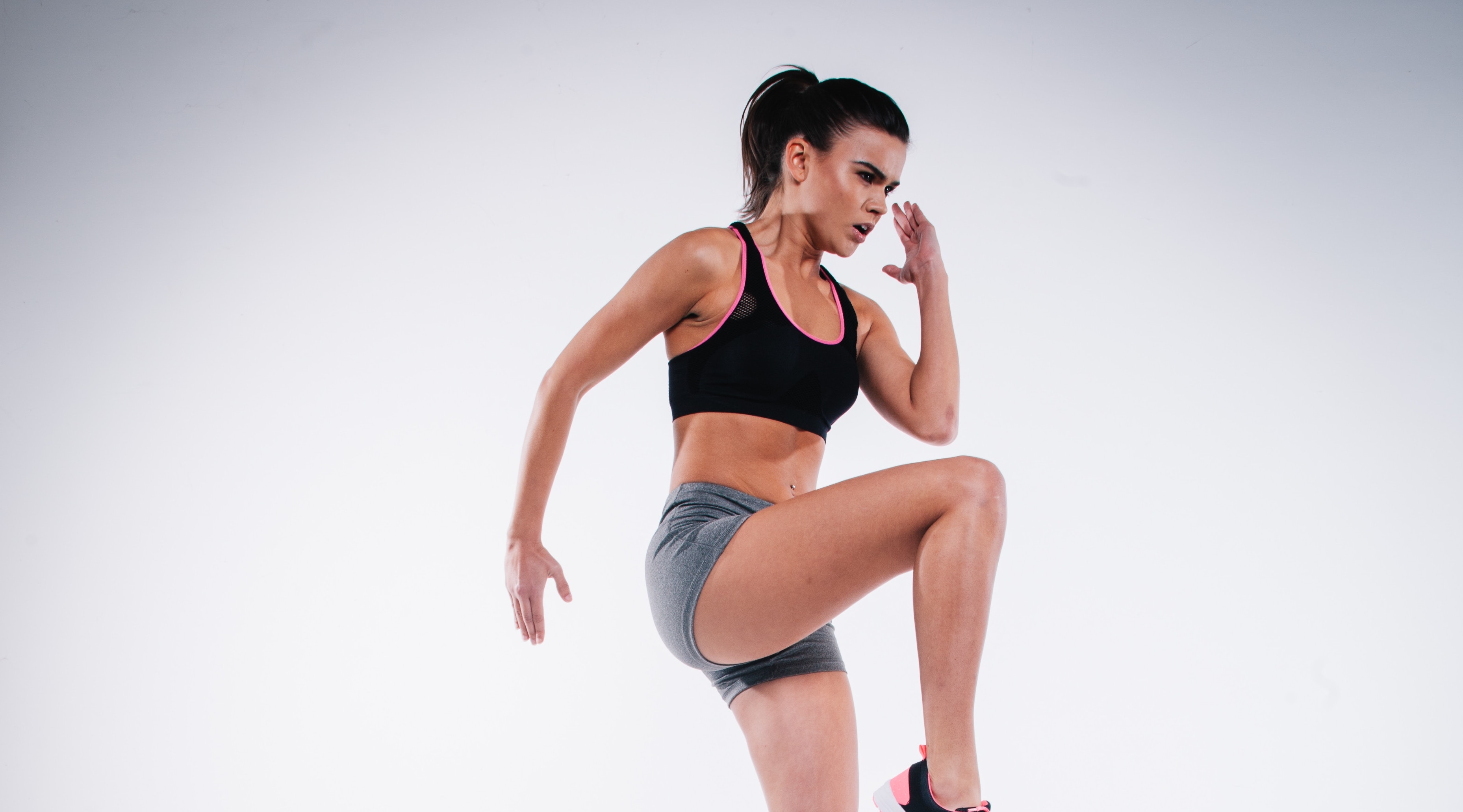
Sometimes, when something isn’t working quite right, you can render a miracle upon it by getting violent with it. You see this trope in sitcoms across the ages:
- TV malfunctioning? SMACK THE TOP.
- Car engine starting to splutter? PUNCH THE DASHBOARD.
- Cell phone acting up? HIT…oh no, wait. Just turn it off and then on again.
The point is that when we don’t know how something works — and therefore have absolutely no clue how to fix it — we resort to hopeless beating it up.
Again. And again. And again.
So it goes for most athletes. A nagging ache or pain that gets ignored, has dirt rubbed on it, or just MacGyvered back together with duct tape, spittle, and hope.
Shouldn’t we know how our bodies work, though?
That questions partial rhetorical and partially painfully obvious. Because YES! Of course, we should know how our bodies work. And, just like getting your sputtering engine into a mechanic, you should take some action to fix the vehicle that moves you around.
STOP.
If you haven’t read PART ONE of the “Movement Assessment for Your Roller Derby Hips” series, do it now. It’s got some good insights about the value of assessment, but it also has the ACTUAL ASSESSMENT in it.
Go do that before you read this.
Because now that you’ve actually done the movement assessment and made note of where your imbalances and limitations lie, we can make a go of evening you out which will feel a lot better? Promise.
ASSESSMENT 1 — Hip Flexion
Oh, hai. Welcome to the master class of how your hips work.
The purpose of running yourself through this assessment is to understand the angle at which your hips work best. This can provide some insight into roller derby skills (Why can’t I open my hips up to transition? Why God? Why?), but ultimately the point is to give you direction in how to change the way you’re moving in the gym.
PAY ATTENTION TO WHICH ORIENTATION OF YOUR HIPS PROVIDED THE BEST QUALITY OF MOVEMENT.
What afforded you the best range of motion? Were there differences on each leg? Did you find anything that just felt right?
Use the data from this assessment to make adjustments to the form you use when you’re in the gym:
- Does it feel better to have your knees track straight up to your chest? Then try a more narrow squat or deadlift stance.
- Does it feel better to have your knees track out to the side? Then try a wider squat stance and sumo deadlifts.
- Are both legs different? Try tweaking your stance by making micro-changes to where your feet are and if your toes point in or out so that you’re using the best testing motion on each leg.
ASSESSMENT 2 — Hip External Rotation
Glutes, glutes, glutes. That’s usually one of the primary answers to the question: What needs to be strengthened or utilized more when it comes to hip stabilization and movement?
But…there are a lot of other, little muscles surrounding the hip that might be shirking their duties as well.
With hip EXTERNAL rotation, the joint of the hip is rotating away from the midline which brings your foot and lower leg toward your body. Think of it like the motion that helps you cross your legs.
Some of the muscles responsible for this movement are the: piriformis, inferior and superior gemellus, obdurator externus and internus, and quadratus femoris. The glutes ASSIST, but these muscles need to be firing to fully complete the job.

SOURCE: PT on the Net
Poor stability through the external rotators can lead to visible issues like knee valgus when your knees visibly drift together while performing dynamic movements.
If your assessment comes up PAINFUL, go see a doctor.
- Band Resisted Clamshells. Put your back against a wall to keep yourself from leaning back to assist the external rotators.
- Side Lying Leg Raise. Extend the top leg and let the toes point down. Lead with the heel and keep your back against the wall.
- Rotary Cone Drill. If your balance is an issue, put the toe of your non-working leg down to keep from falling out of position.
- Frankenstein Twist. To mimic a more dynamic version of external rotation that you might use on your skates. Keep your feet set as though you’re in derby stance.
All of these exercises are primarily for warm-up and activation purposes. Keep the resistance relatively light and your form on point. Aim for 15-20 reps between 2-3 sets. If there’s a big difference between one side and the other, do more reps on the side that is further away from the ideal range of motion.
ASSESSMENT 3 — Hip Internal Rotation
Hip INTERNAL rotation is — believe it or not — the opposite motion of external rotation. Your hip socket rotates towards the midline bringing the foot and lower leg away from the body.
Some of the muscles responsible for this movement are the: gluteus minimus, tensor fascia latae, and anterior adductors.
Poor stability through the internal rotators impacts how low you can squat and also your ability to plow stop. Makes sense, right?
If your assessment comes up PAINFUL, go see a doctor.
- Reverse Clamshells. Put your back against a wall to keep yourself from leaning back to assist the external rotators.
- 90/90 Internal Rotation. Keep your knees tight around the object and your pelvis tilted up (lower back pressed into the ground) as you breathe. You can also move away from the wall and put a band around your lower legs as you move your feet apart.
- Deep Cossack Squat with Internal Rotation. This is another more challenging dynamic movement. Use as much support as needed to get into position.
All of these exercises are primarily for warm-up and activation purposes. Keep the resistance relatively light and your form on point. Aim for 15-20 reps between 2-3 sets. If there’s a big difference between one side and the other, do more reps on the side that is further away from the ideal range of motion.
ASSESSMENT 4 — Active Straight Leg Raise
The purpose of the Active Straight Leg Raise Test is to determine your overall pelvic stability which can be compromised by dysfunction in a few different areas.
Try some of the fixes below followed by another run through the ASLR to see if the fix helps you improve or not:
- Crocodile Breathing. Sometimes, how you breathe makes all the difference. Your tempo should be to inhale 4-6 seconds, hold 2-4 seconds, exhale 4-6 seconds.
- Active Straight Leg Stretches. If mobility is holding you back, doing these stretches should help improve your ASLR results.
- Band Supported Leg Lower. If your core strength is holding you back, this is one way to get your anterior core firing again.
All of these exercises are primarily for warm-up and activation purposes. Keep the resistance relatively light and your form on point. Aim for 15-20 reps between 2-3 sets. If there’s a big difference between one side and the other, do more reps on the side that is further away from the ideal range of motion.
Strength vs. Mobility
Most of the exercises listed above are meant to help strengthen the muscles that are responsible for each of the movements listed and overall hip stabilization. Strengthening can often have the largest impact on improving your range of motion.
But…you may also find that you need to build in some hip mobility, too.
Try these two hip flows and see what feels best:
Cal Poly Hip Flow
GMB Hip Flow
Cheers to less hip pain!
Want more?
If you’re interested in more exclusive content, access to my FREE resource library, and the slightly weird workings of my inner mind, you can sign up for the Iron Octopus Fitness email list HERE. Wherein I harass you weekly with all things intelligent cross training, mindset, and…other.


